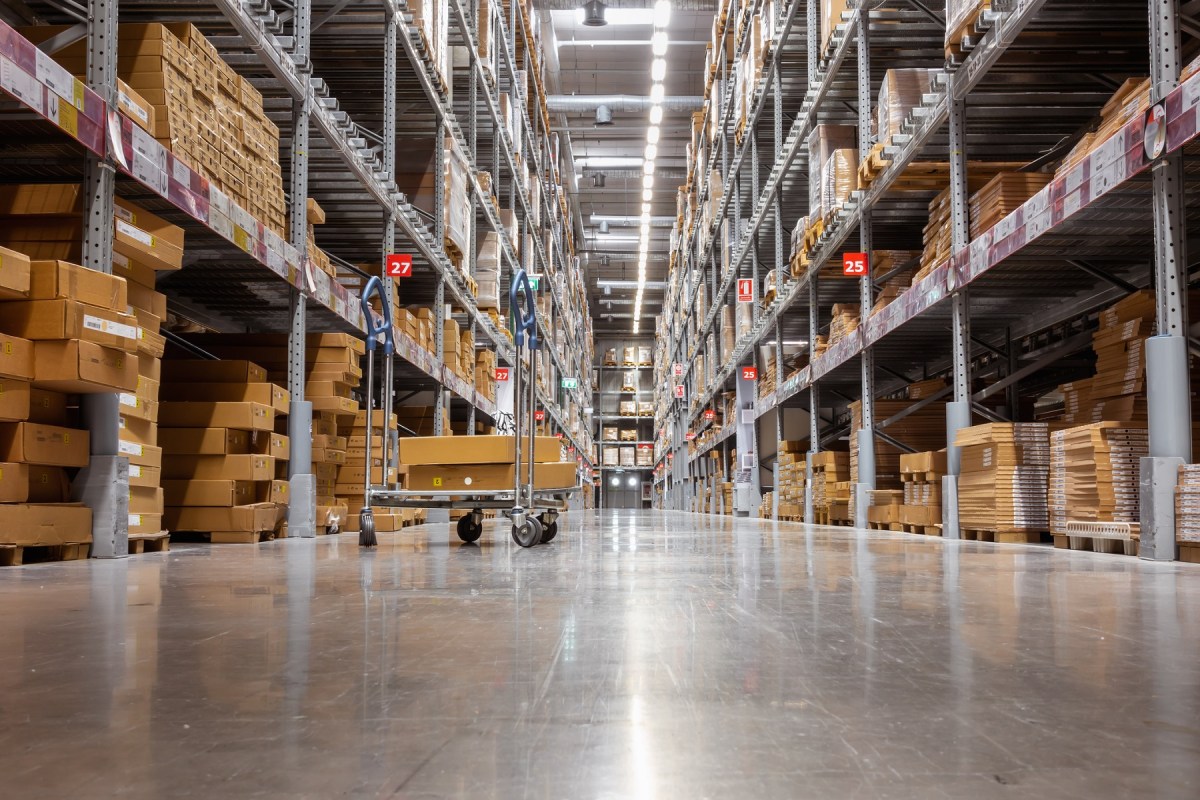The pandemic has changed many of the ways in which sourcing has been happening for decades. This article addresses some of the things that have happened along with Covid that shall be driving the future of international sourcing and impacting the industry as we know it.
Covid led to travel disruptions – For almost nine months, most of the world has seen partial or complete closure of borders. Most airlines have been grounded, and international travel has been restricted. Major corporations introduced anti-travel policies through Q2 2021. Post vaccine and post travel normalization, it is going to be hard for sourcing travel to be justified to the same amount as pre Covid. This brings a negative impact on sourcing travel, factory visits, buyer – supplier meets with CFOs quickly insisting on cost optimization for these travels. Also, many of the large retailers may never have as much travel budgets assigned to sourcing travel. The long tail effect is going to be significant.
Trade has fallen, except in Asia Pacific – There has been a global slump in trade, however, Asia Pacific suffered the least. This is majorly driven by production facilities being open in most of APAC and sourcing taking place virtually. In the long term, this would mean some production facilities in the rest of the world would shut down, and APAC suppliers would keep supplying to those regions.
Year-over-Year decline in World Trade in most sectors with Western production – Agriculture, automotive, chemicals, electrical machinery, energy, machinery, metals and ore, precision instruments, all of the sectors that EU and North America is a producer have suffered double-digit year-over-year declines in Q2 2020. Office machinery along with textile and apparel are sectors that have remained strong, both of which are predominantly made in Asia.
Medical supplies are a winner showing double-digit growth – High income countries have shown an import increase of 2x for medical products. North America and EU lead as major importers from Asia. Corporations have talked about producing these locally, but in reality, Asia has and will be the major producer of medical suppliers for the foreseeable future. Having access to quality labor and local raw materials at competitive prices has been and will be the main driver for this sector.
Political climate has changed dramatically – Covid probably has had a limited impact on this, but overall the past couple of years have seen some major changes on this front. From the China-U.S. Trade War, to the USMCA, Brexit, RCEP, China / India tensions and the new president in the White House will all have major impacts on trade. However, I think there is going to be some positive changes to the sourcing industry, in terms of the need for transparency, need for data provenance, and the need for IP protection, which will all be changing how sourcing takes place in the future.
Retail will have the most dramatic change post COVID – The retail industry is going through some dramatic changes, these changes were happening pre COVID, and the pandemic has nothing but accelerated these. Some major changes we see are the reduction in discretionary income, and consumers spending on essentials. Consumers moving from brick and mortar to ecommerce platforms has accelerated and the ease of it is sticky enough to bring a long-term change. Retail renaissance is making loyalties to brands a thing of the past, younger consumers are open to experimenting even more. Brick and mortar, both retail as well as the supply chain are facing a right-sizing, as retailers focus on reducing real estate footprint. The post-Covid world will be seeing safety as a habit and part of the SOW for retailers, thus increased demand and costs of hygiene and safety products. Another major change is the need for on demand workforce in retail as well as supply chain, as against fixed headcounts.
Retailers will surely have a focus on improving their operating models and enhancing digital capabilities in this new era, along with seeing more M&A activities and consolidations, driven by those retailers who already have digital capabilities.
B2B supply chain shift – Just like retail, the B2B supply chain sector is moving towards adopting digital tools for enhancement, transparency and trade. Covid has made the move to remote / digital interactions acceptable, especially because of the use of video and online chat tools. The B2B market places are seeing far more traction this year as well, and many of these will be the unicorns of the future, driven by the fact that more and more B2B buyers are accepting to do large transactions online, we at Buyhive have done a single largest transaction of 4.5 Million $’s online.
Technology tools allow for trust and transparency – Technology has developed enough today to be able to provide tools such as blockchain, RFID, Cloud Computing, ML and AI and AR and VR tools that all can positively help with the shift to digital sourcing, use of these technologies is going to enhance trust and transparency, thus making sourcing possible without the need for travels.
Cooperation via API’s – Another technological development that will drive the shift of the sourcing industry is the cooperation’s across sectors that are possible via API integrations and newer API tools that are being built across various industries. For example, at Buyhive we built a platform that will integrate APIs from logistics service providers, 4PL services, testing and inspection solutions, database verification tools that provide due diligence tools, fintech integration to provide trade finance and trade insurance, and eventually, ERP / CRM plugins to connect with our buyer and suppliers internal networks.
Minesh Pore is co-founder and CEO of BuyHive

